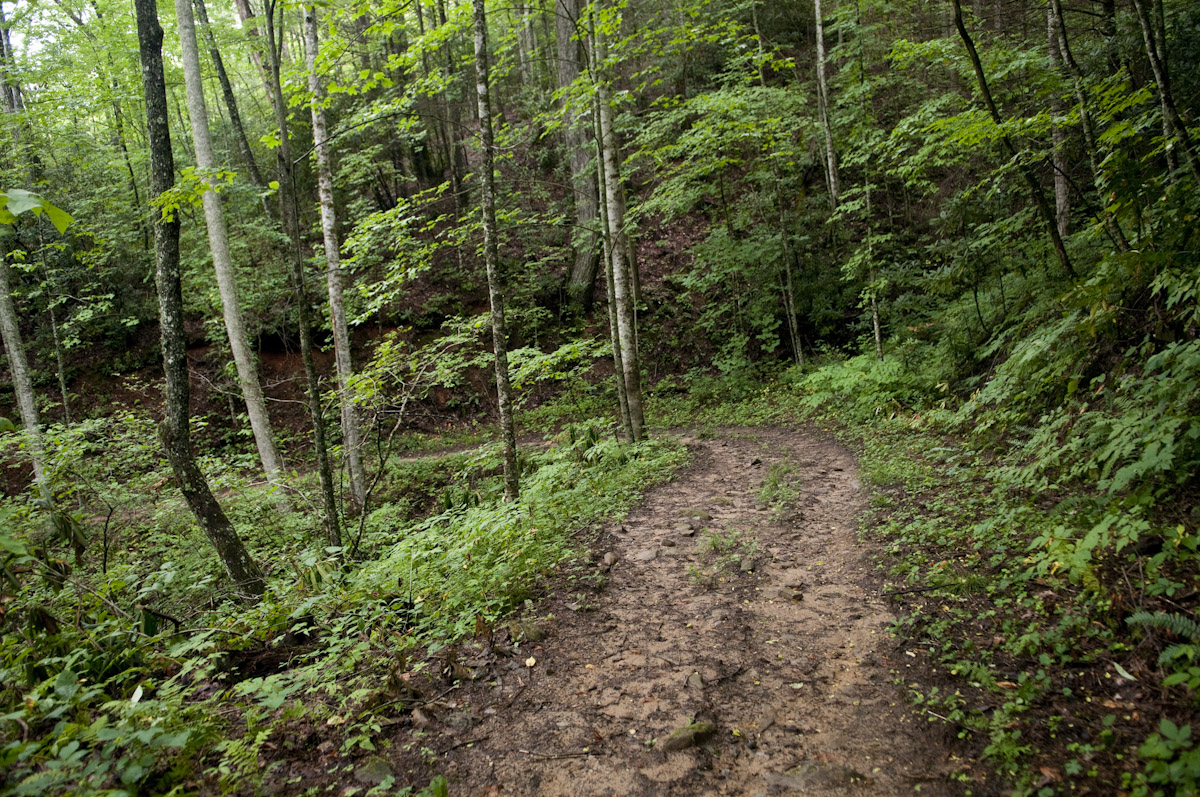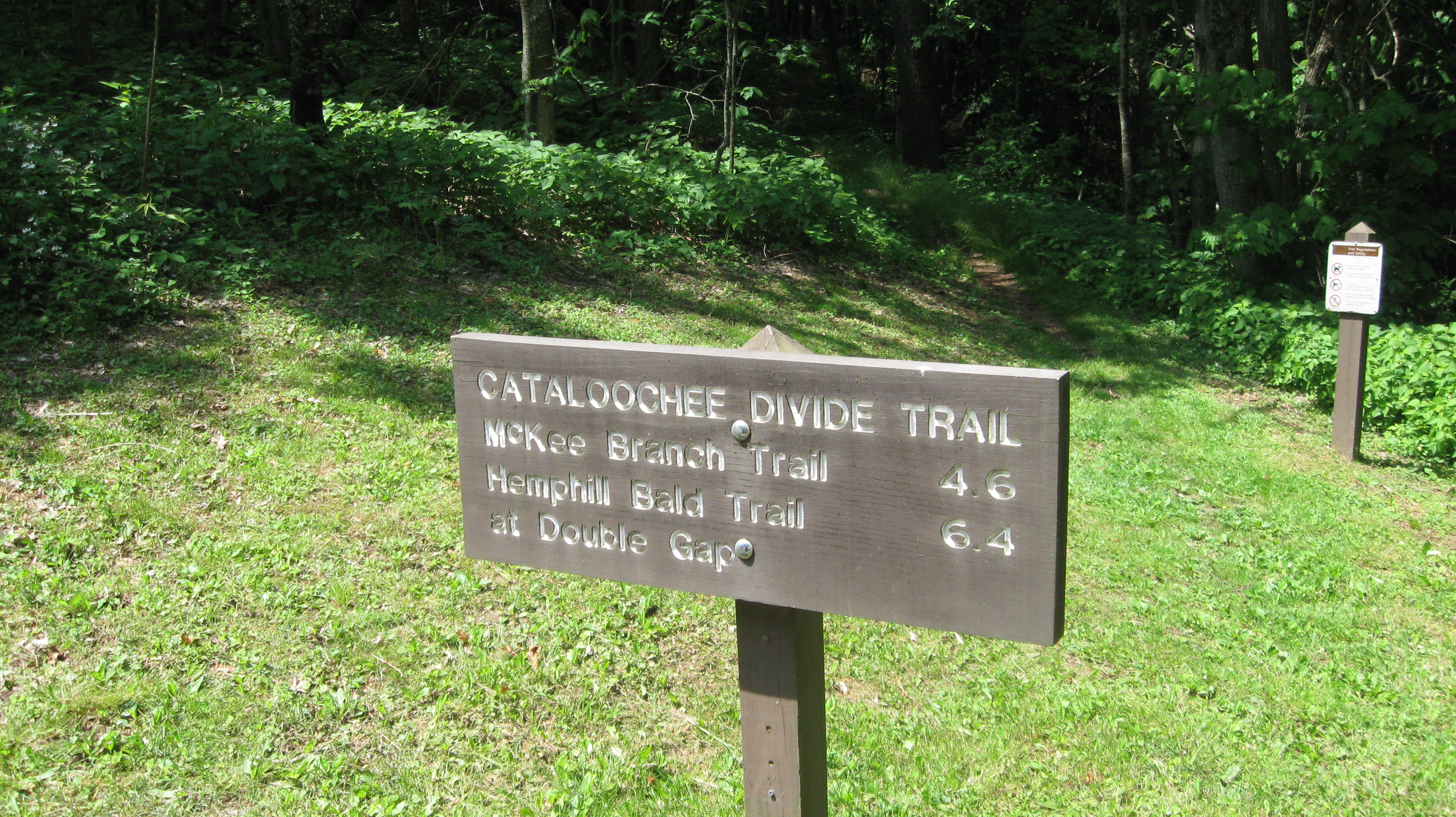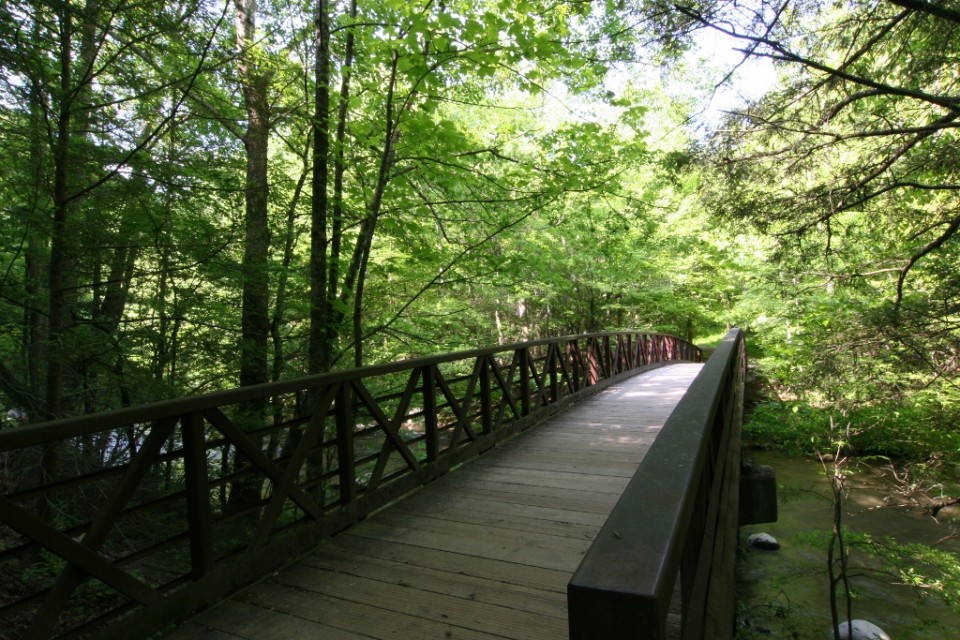For viewing spectacular Smoky Mountain sunrises and sunsets, there is no better place than Mt. LeConte. Countless visitors have huddled together to view the sunrise from Myrtle Point on the eastern side, and hurried to see the sun set over Clingman’s Dome from Clifftops on the western flank.
Trails to LeConte: More than 10,000 hikers use the trails to LeConte each year. Five major trails drape the mountain. The shortest (5 miles one-way) and most popular is the Alum Cave Bluffs Trail, without a doubt the most spectacular trail in the whole Park!
The longest trail (but with the least elevation gain) is the Boulevard Trail at 8 miles. Many visitors with two cars go up the Boulevard Trail and come down Alum Cave Bluffs. Rainbow Falls Trail is 6.5 miles and Bullhead 7 miles. These two trails can he used as a “loop” beginning at the same trailhead in Cherokee Orchard near Gatlinburg. The Trillium Gap Trail, which passes by Grotto Falls, comes up the mountain from the Greenbrier area and is 8 miles, providing spectacular views of LeConte from Brushy Mountain
For an interesting account about hiking the trails of LeConte, be sure to visit Ed Wright’s website. Since retiring in 1991, Ed hikes LeConte 2 to 5 times a week and works as a Volunteer in the Park (VIP). He has written a book “1001 Hikes to Mount LeConte and Counting,” which documents his trips and the hikers he meets along the trails.
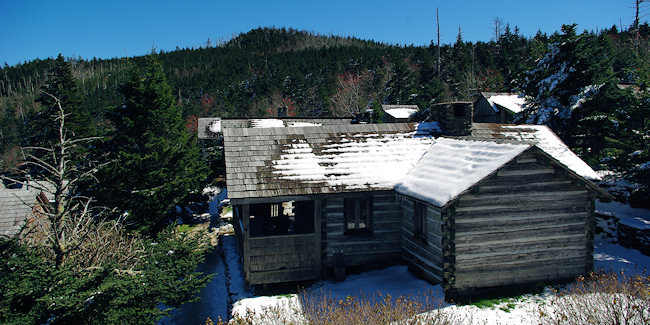
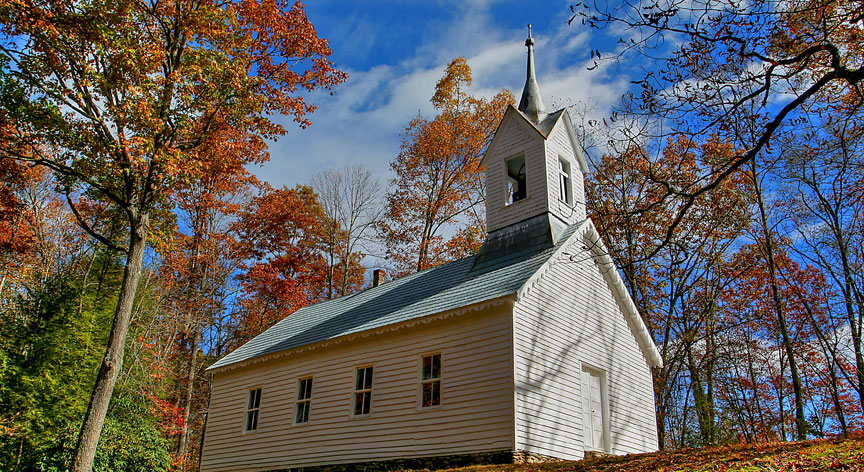
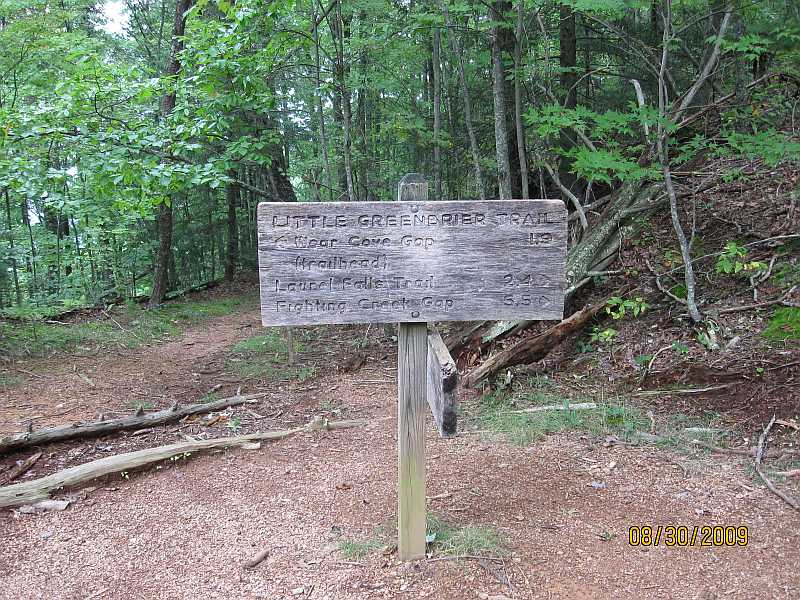
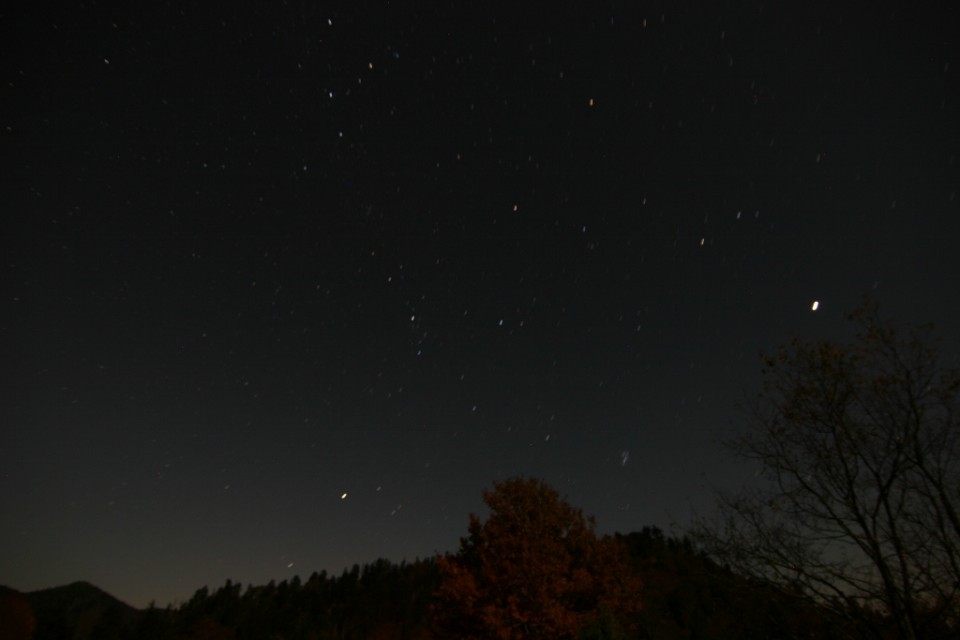


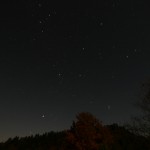

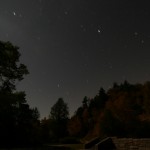
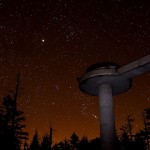

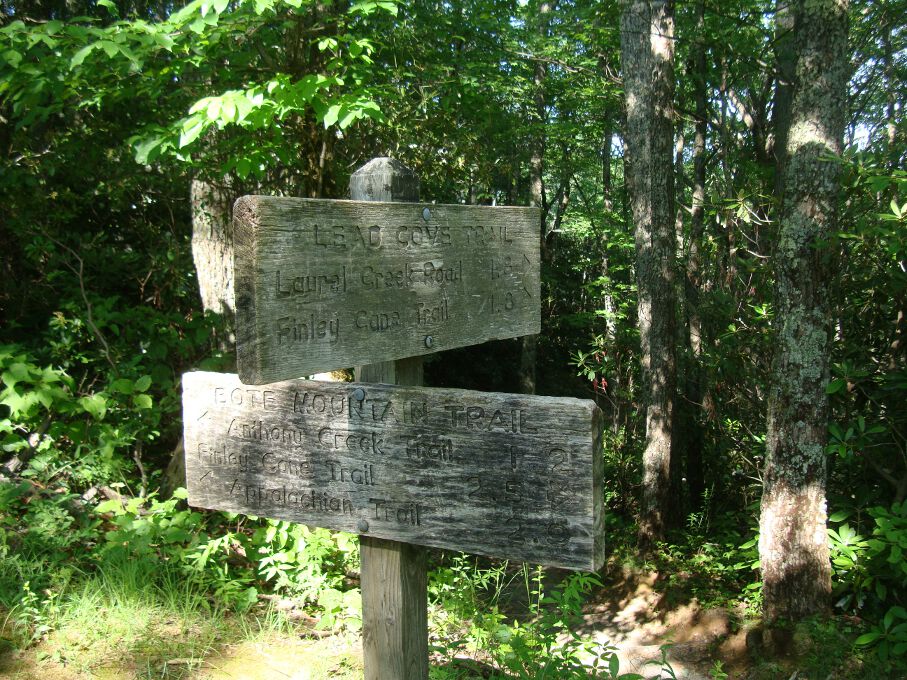
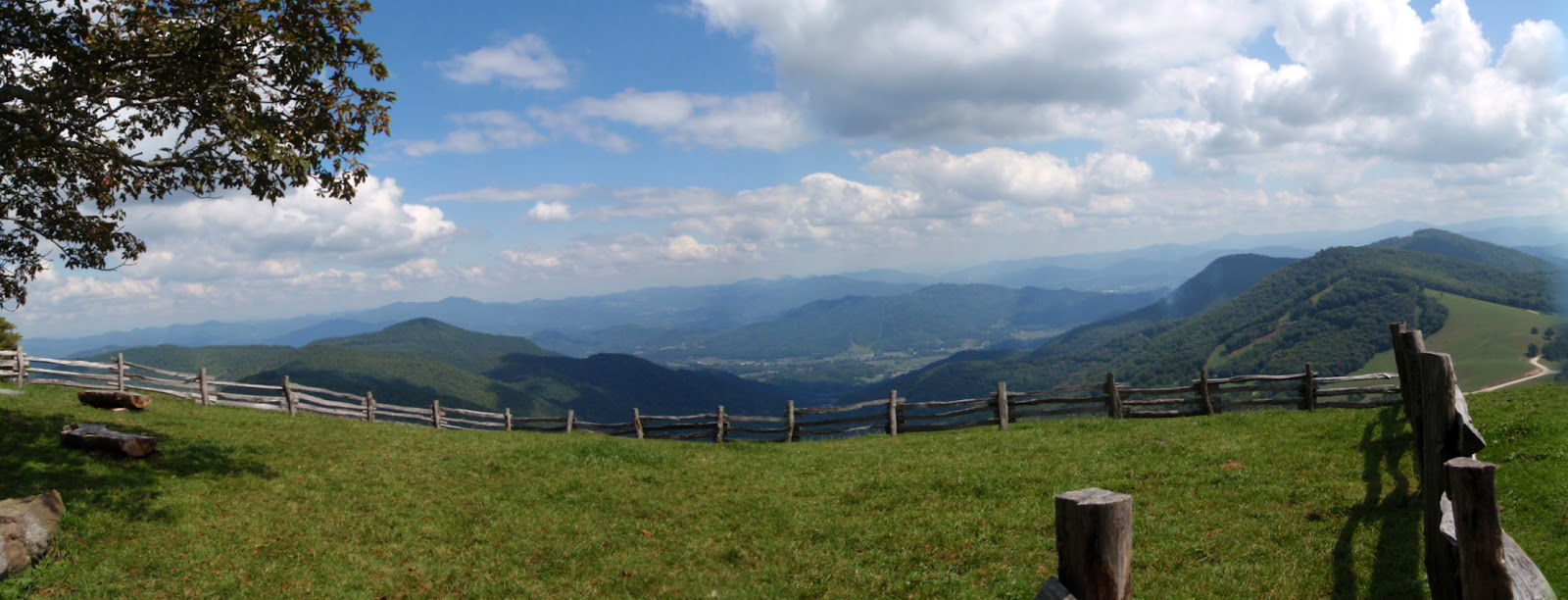
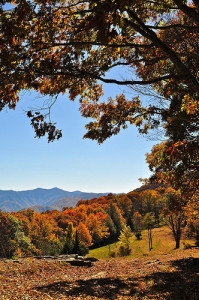 The Hemphill Bald Trail is the furthest trailhead on the right at the parking area. Once you’ve started hiking, you’ll notice the Caldwell Fork Valley to the left of the trail. Sugar maples, ferns, and a few remaining chestnuts can be found on this part of the hike as you reach Whim Knob a mile in.
The Hemphill Bald Trail is the furthest trailhead on the right at the parking area. Once you’ve started hiking, you’ll notice the Caldwell Fork Valley to the left of the trail. Sugar maples, ferns, and a few remaining chestnuts can be found on this part of the hike as you reach Whim Knob a mile in.